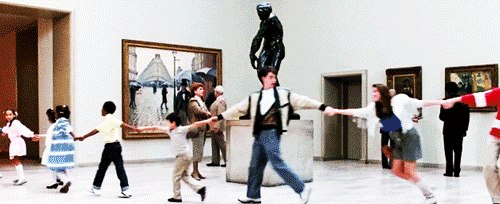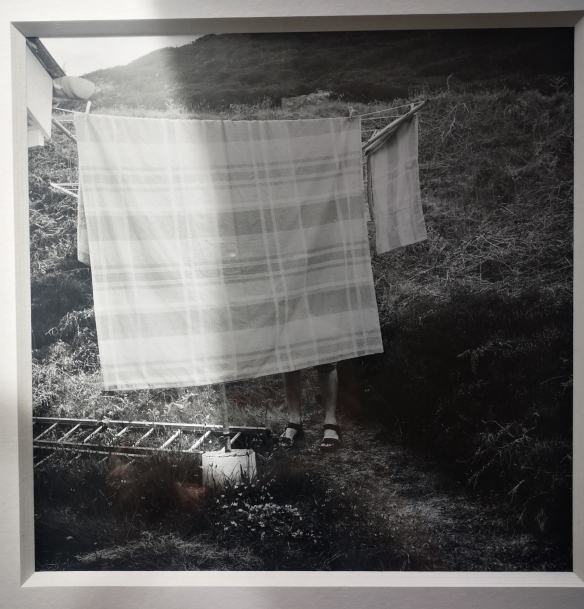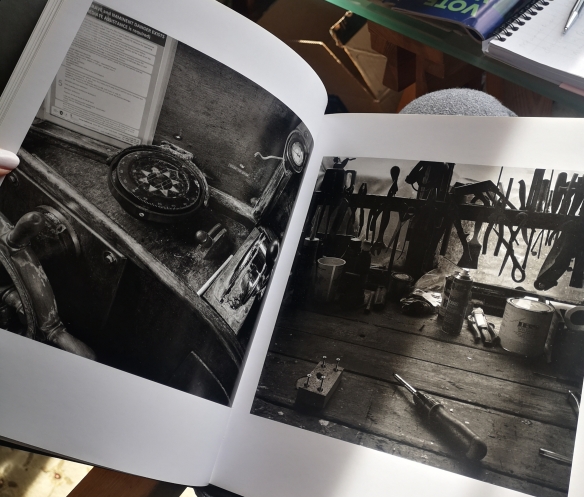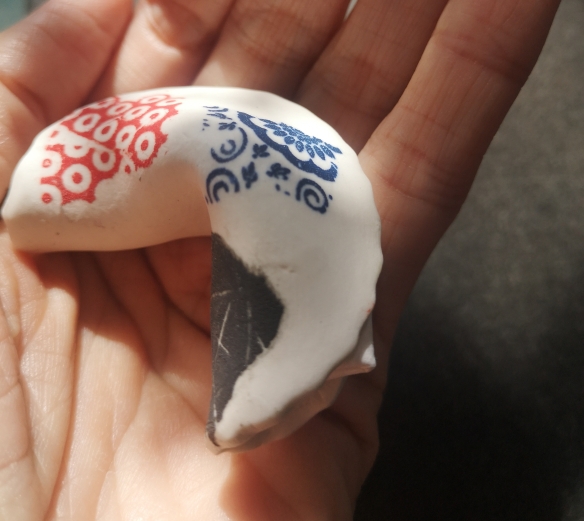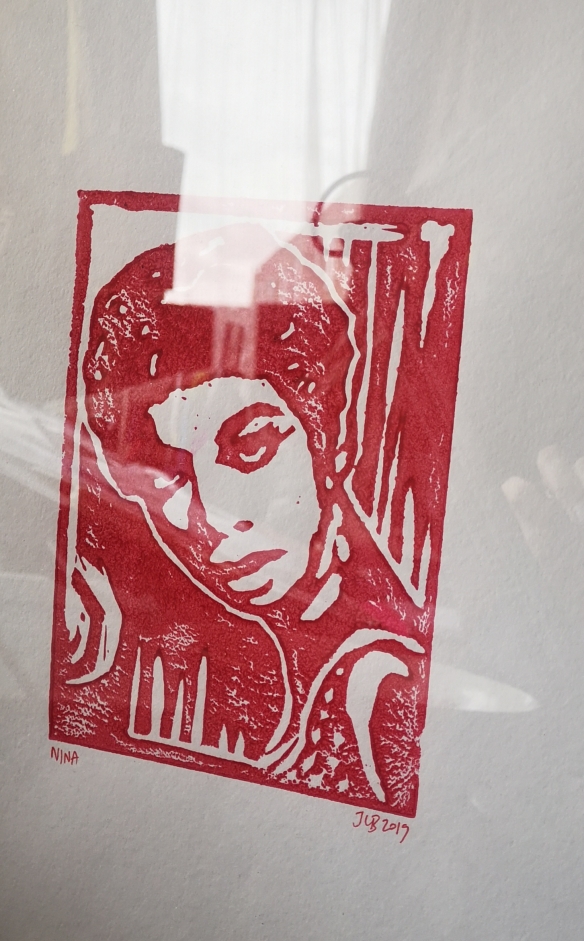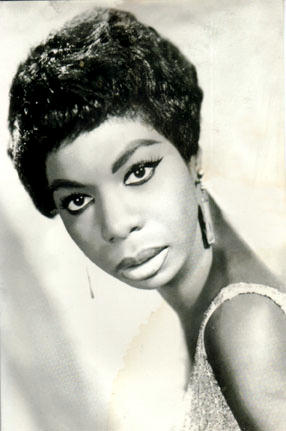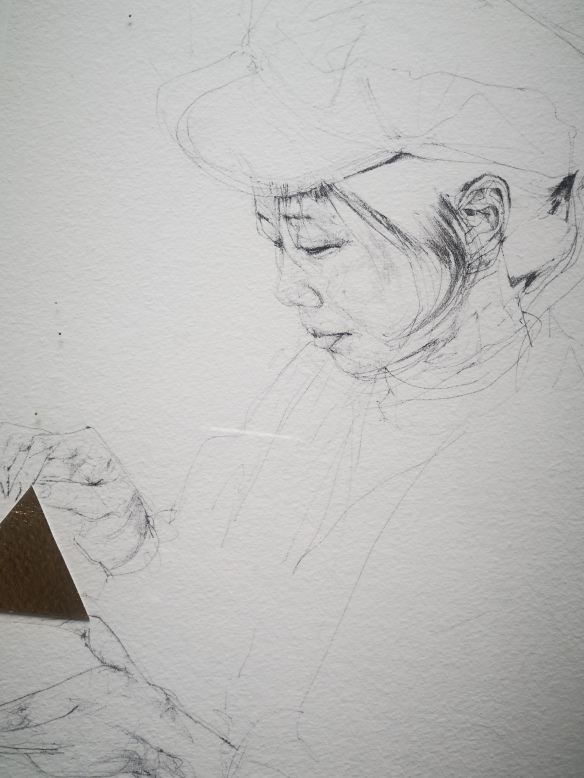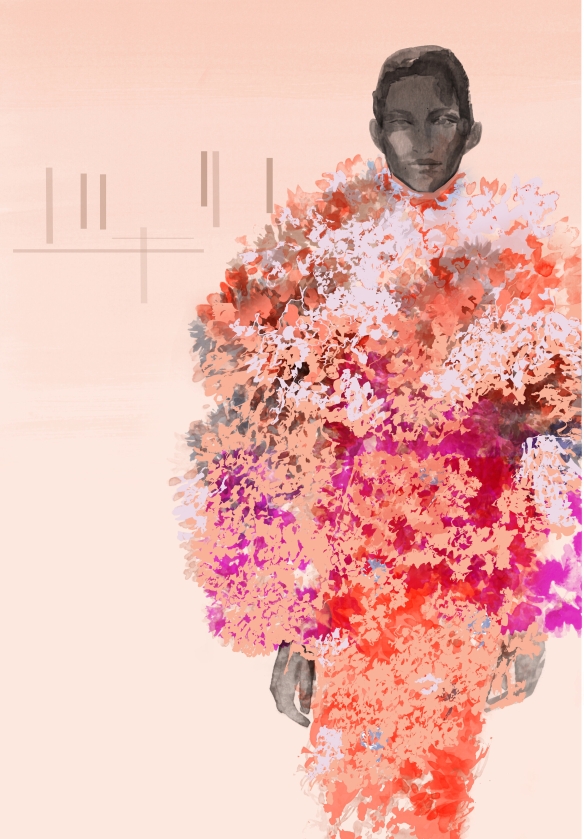Continuing our series of featured artists from behind the lockdown wall, a meeting which would have included a gallery visit, coffee and cake in an actual coffee shop (remember those!?) and of course a conversation with artist Justine Winter about her practice and creative motivations has instead turned into a string of emails, sent from the safety of our homes! We are not letting this virus stop us from staying connected and having important discussions about art and the things that matter to us most. Hopefully once this crisis is over we can resume our original plans and update this blog, but for now…..

Artist – Justine Winter
Primarily working with performance, video and installation, Justine explores themes of femininity to comment on and question the taboos surrounding women’s bodies as well as the importance of women and their voices within a patriarchal society.
My first encounter with Justine’s work was back in 2018 when I attended the private view of Free Range at The Old Truman Brewery. (if you have been reading our blog for some time you may recognise Justine from our previous post The curious, moving and brilliant new work of the 2018 graduates) Exhibited with Hereford College of Arts was Justine’s piece ‘Beauty is Pain’, and installation featuring wilted flowers pinned to the walls and entwined with vine like ropes woven from human hair, kindly donated by friends, family and in donation boxes dotted around her university. Embedded within, a video (linked below) showed the dry shaving and plucking of hairs from a friend’s body. The intent being to question the implied beauty standards for women in our society and to confront the taboo of women being seen having (or removing) body hair.
I remember seeing this piece as I walked into the room, the video playing in the corner with the flowers and vines creeping across the walls either side. It was bold yet graceful in its delivery and I was drawn in straight away. I knew this work had something to say to the world and I found myself wanting to hear it.
Eager to learn more about Justine and her practice I asked her about her time at university, how she came to work with themes of femininity and why she works with the materials she does. I was surprised to learn that she originally moved to Hereford to study BA Textile Design, but later transferred to Fine Art after discovering a need for more freedom and fluidity in her creative process as well as a shift in interests away from the more commercial ideas of textile design. On this move Justine said, “At first this course unpicked my previous ideas of what art was, and provided me with a new, fresh way of thinking about ideas and themes within my work.”
And when I asked if she still works with textiles, or any of the techniques that go along with it she said “I started the fine art course in a bit of a rut material wise, I had used all different mediums such as clay, drawing from reference, woodwork, video etc on various subjects. But these just didn’t feel as though they expressed what I was passionate about. I started to go back to my roots of using textiles as this felt the most comfortable. I decided on machine knitting where I started to incorporate my hair into the piece, this turned into three large hangings and they felt as though I had finally found my ‘thing’.”
Justine admits that her biggest influences are observing, learning from, and developing ideas around everyday life and experiences. She is also inspired by Carolee Schneemann, an American artist best known for her experimental multimedia works which explore sexuality, the body and gender.
Stemming from her interests in the everyday Justine uses ‘live materials’. These are things which she describes as living, dying, and decaying; for example, using pomegranates to represent the female body, and then letting them decay over time. She also includes her own body in performance work, along with hair and nails. On working with these materials Justine said “I enjoy using materials that will decay and change over time, which for me causes the work to be alive. I feel as though by adding these elements of myself into the work, it creates a connection to the piece. There is an element of beauty that is added to the work through using materials that can live within it as their lives are being observed and admired.”
More recently during her MA Justine was given the opportunity to complete a residency which would in turn contribute to her course. Originally from the Rhondda Valleys in South Wales Justine chose The Big Pit National Coal Museum as both a link to her heritage and to explore the themes of her work within a predominantly ‘male’ environment.
While at the museum Justine had the chance to hear stories of what it would have been like to live and work there from ex miner and mentor Ceri Thompson. As well as take tours of the pits themselves, explore a boneyard for old machinery and equipment, she learnt about the women who would have spent time and worked at the mine, who’s voices have now sadly been forgotten. These stories, conversations and tours are what influenced her final creative outcomes as well as the works she created at the mine itself.
In total Justine made six works which were in direct reference to the mine itself and the time she spent there. Created both at the mine and back in her studio at university these works reflect upon not only the lives touched by the mine and the history of the place but also I am sure mimic the stories and connect the lives of people from mines up and down the UK. They seem to be a way for Justine to link who she is as a woman and a feminist artist now to her heritage and the broader histories of South Wales. Admittedly, when Justine first told me that she had participated in a residency at the coal mine, and knowing only of the work she had made previously I was a little sceptical of the connections between the two but was fascinated none the less. Now having heard what she has to say about the work produced during this time and the reasons why she chose to make work in such an environment I think it’s truly unique and find myself wanting to experience the work in person and learn more!
At this point in the blog I should probably show the work and explain it to you, but I think it is better to let Justine explain each piece in her own words.
“The piece ‘That’s the Price of Coal, See’, was created in the space at my MA exhibition. I was given a large room with breeze block walls and metal beams. I wanted to show the work produced from a performance to camera in this room because of its industrial aesthetic, and because it resembled a place of work to me.
This work wasn’t created at the pit purely because of the size of it, being around 14ft in length and width, I also wanted the work to be created within that room, as I felt the materials that I was using such as the pomegranate, could live their life cycle in the space.”
“Along with this work, I created five other pieces. The first, ‘Bread of Heaven’, was a film that I recorded at the colliery and shows an original decaying lift shaft with a sheet tied to it. This sheet represents the domestic life of the women behind the miners, it has spilt pomegranate juice over it which is a reference to the suffering that both men and women would have endured.
With the film, was the song Bread of Heaven sung by a male choir. A traditional Welsh song that was sung by the working men.”

“The second piece, ‘Cradling’, was an image taken following the performance piece ‘That’s the Price of Coal, See’. This image was projected on the wall opposite the work and depicted me cradling a segment of the crushed pomegranate, a nod to the women who were raising the children and protecting the home.”
“For the third piece, I referenced the song Bread of Heaven again and before I started displaying the works in the space, I sat alone at night in the room and sang the hymn into a recorder. The recorder was then set with some headphones onto the wall. This singular, female voice contrasted with the drama of the male choir and created a feeling of empowerment and a tribute to those working women hidden behind the working men.”

“The fourth piece in this room consisted of a table with a mechanical part from a machine found at the pit, surrounding this were a selection of dried wipes I had used to clean the coal off my body after the performance.”
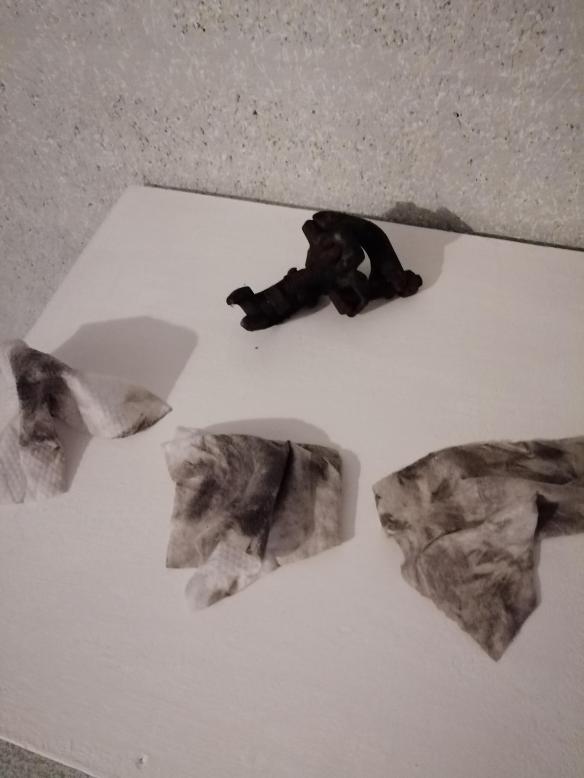
“The last piece displayed two pieces of fabric splayed using nails to the wall. One piece was the clothing that I wore during the performative piece, now covered in old fruit and coal dust.
The other was a piece of fabric covered in coal, dust and rust I found on some machinery at the top of the colliery, where the old machines were left to decay.”
Which leads us to now. I was keen to find out what Justine had been up to creatively after finishing university. Like a lot of people, she admitted to struggling to keep up with her practice after finding herself out of education for the first time ever and without a studio or dedicated space for making. So, for now Justine is taking a break from making artwork and is instead focusing on working and saving money for her future.
I asked if there were any projects which she had been dreaming of realising soon or if she had any plans to exhibit her work in the future (After Covid obviously!), and was pleased to learn that at some point Justine would like to take the work she created during her residency at the coal pit and drag it through the mines as a performative piece! Which sounds amazing and I would love to see!
At the start of next year Justine has planned a solo exhibition back in her hometown of her mining work, saying “It is so important to me to be able to show the work in the valleys where mining was so huge.”
This exhibition is due to take place in the attic of The Factory in Porth (where Dandelion and Burdock was created!) between the 15th of February until the 5th of March 2021, with the private view being the 1st of March (St David’s day). Obviously it’s a long way off yet but I’m sure if you follow Justine on Instagram and keep an eye on her website you can keep up to date with the exhibition plans (if you’re interested in seeing it) as well as everything else Justine gets up to!
And finally (I had to ask because what else is everyone talking about right now?), I asked Justine if she had been doing anything creative while in lockdown. Embroidering feminist slogans onto a t-shirt was exactly the answer I was looking for! As well as finally getting around to painting her attic and transforming it into a studio!

I thoroughly enjoyed talking to Justine over the last couple of weeks, it has been fascinating learning about feminist art in a coal mine and on a more personal level I have appreciated having someone to chat to during these strange times. I hope the same is true for Justine and I hope our blog provides you with something thoughtful to experience and to break up your day during lockdown.
This will soon pass Sweet ‘Arts and when it does and we’re allowed out of the house, we will update this blog with our meeting and maybe some new art!
But for now, if you want to see more from Justine, I have linked her social media, website, and YouTube below!


















